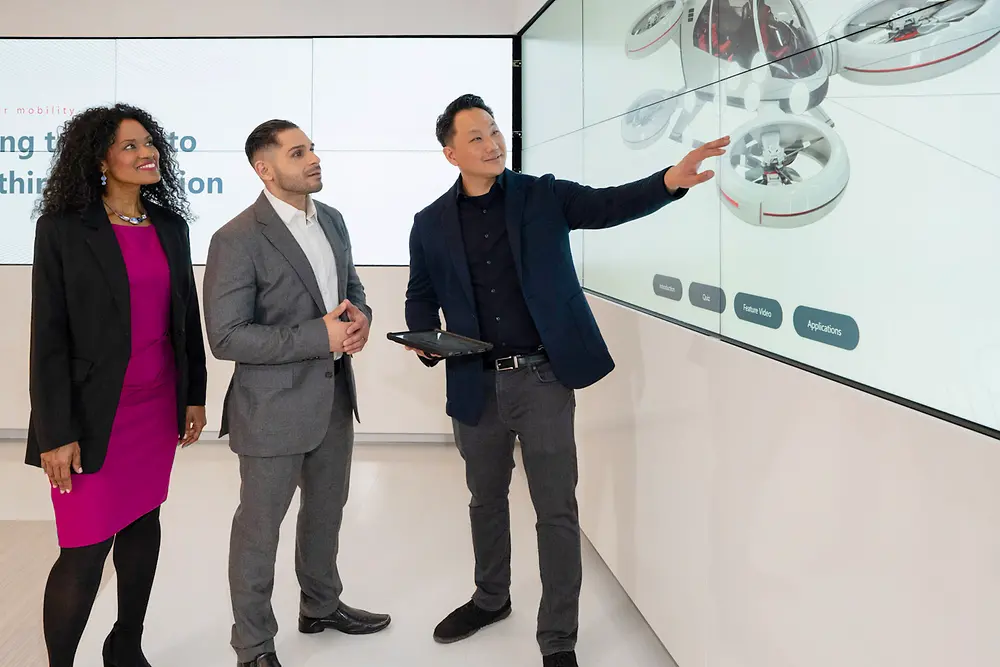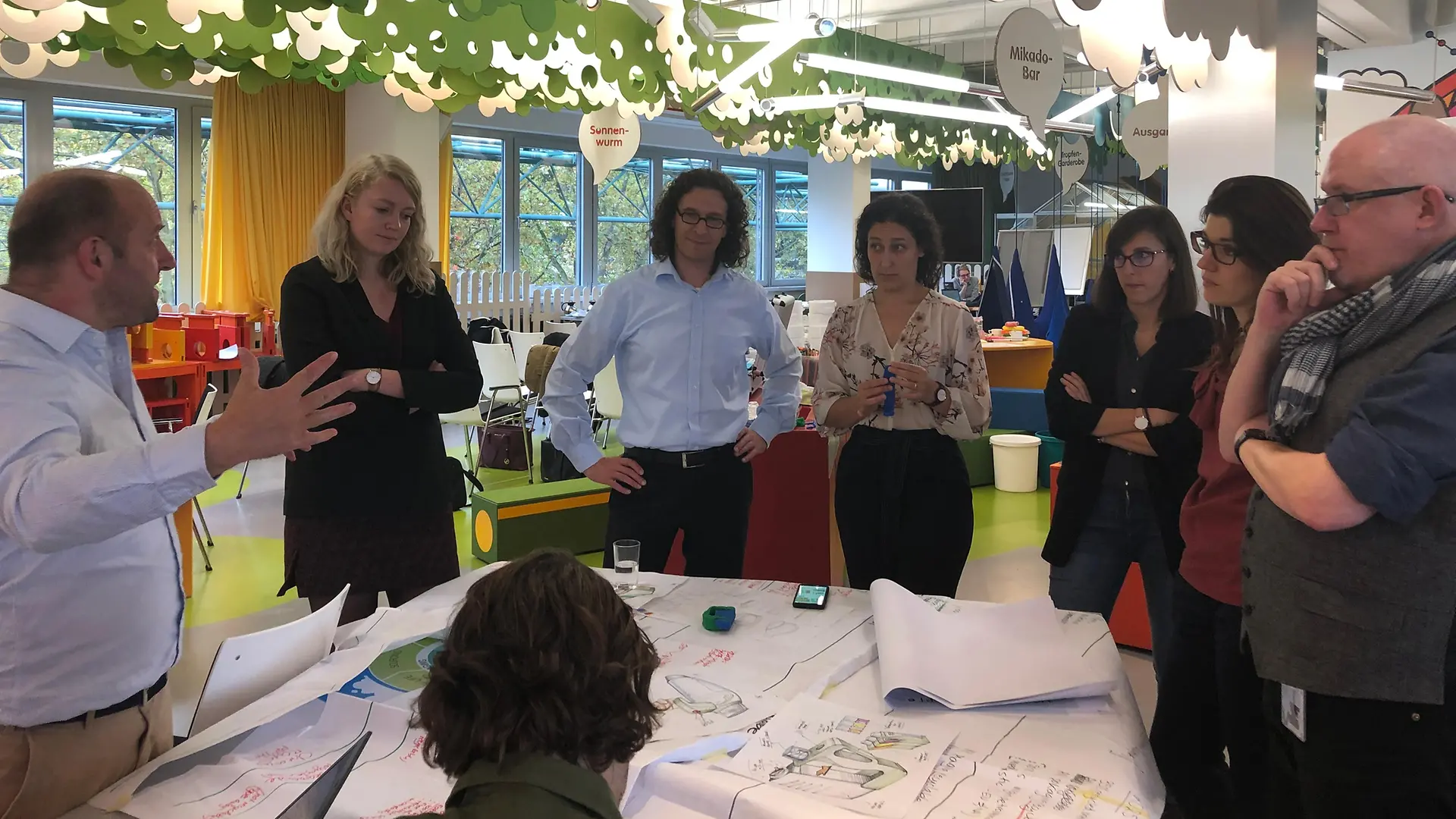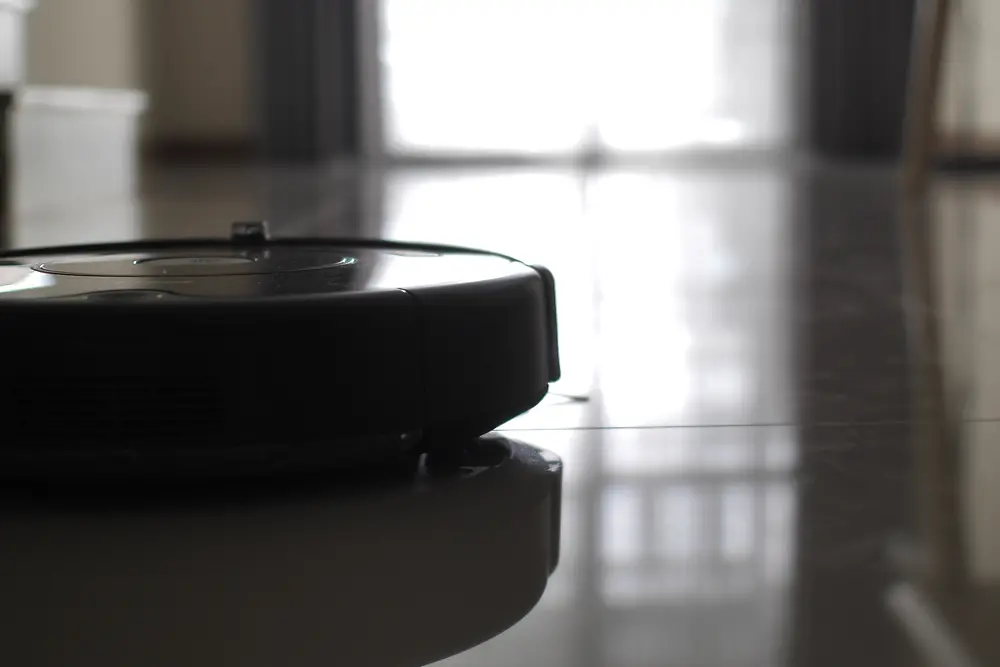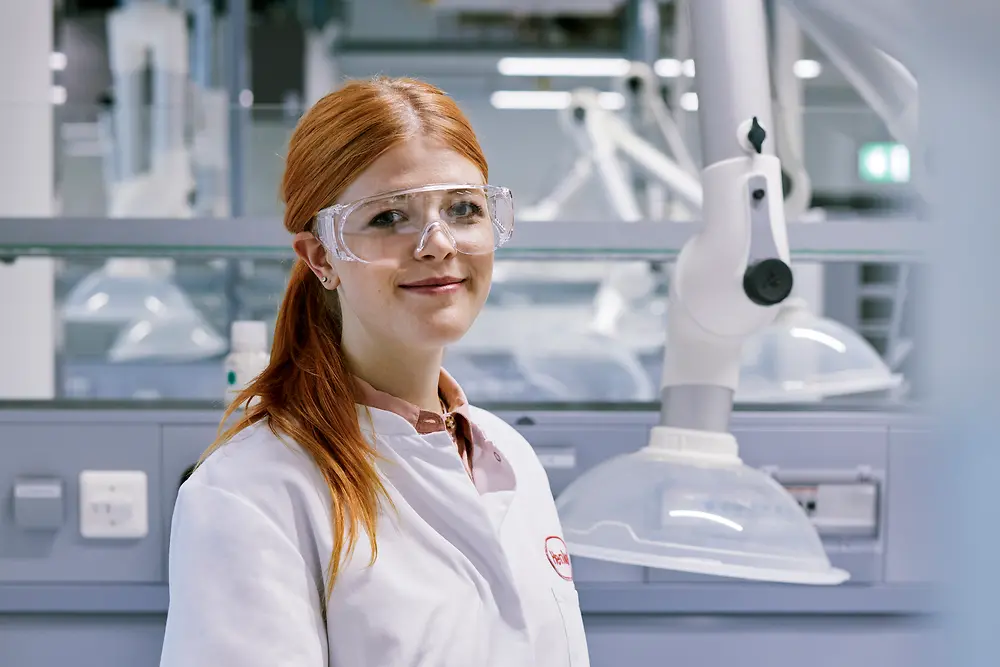In a global and connected economy, consumer preferences are evolving at an increasing rate and are becoming more sophisticated. To keep pace with this, Henkel’s Laundry & Home Care business unit is implementing agile approaches in the innovation process to bring relevant innovations to the market in a more agile way.
Normally, it takes quite some time for a new product or service concept to grow from the initial idea to prototypes and finally to be launched onto the market. For example, a marketing team identifies a consumer need with market research, develops a concept and issues a brief, then a cross-functional team develops a corresponding product and launches it after consumer testing in one or more countries.
In a more fast-paced world, it is key to have a cross-functional team from the beginning, working on the problem to be solved and on possible solutions. Continuous interaction with consumers allows for adaption and improvement so that the final product meets consumer needs as best as possible. "Of course, we know our consumers all over the world very well and have done so for a long time. But the market is becoming increasingly complex and segmented. Consumers want increasingly individualized products and services. That's why it's important to work cross-functionally and react faster to trends and changing preferences – and ideally, we will offer consumers innovations that anticipate the trends," says Bruno Piacenza, Board Member Laundry & Home Care.
The team at Laundry & Home Care is therefore taking a more agile approach to the innovation process which will help them to better respond to consumer needs. The new approach goes through 3 different phases: Design Thinking, lean start-up (or Google Garage) and, in the implementation phase, Scrum approaches, which support the identification of the best and fastest ways to deliver to market. These steps, which are executed within weekly Sprints, can be repeated as required depending on the complexity of the project.


















